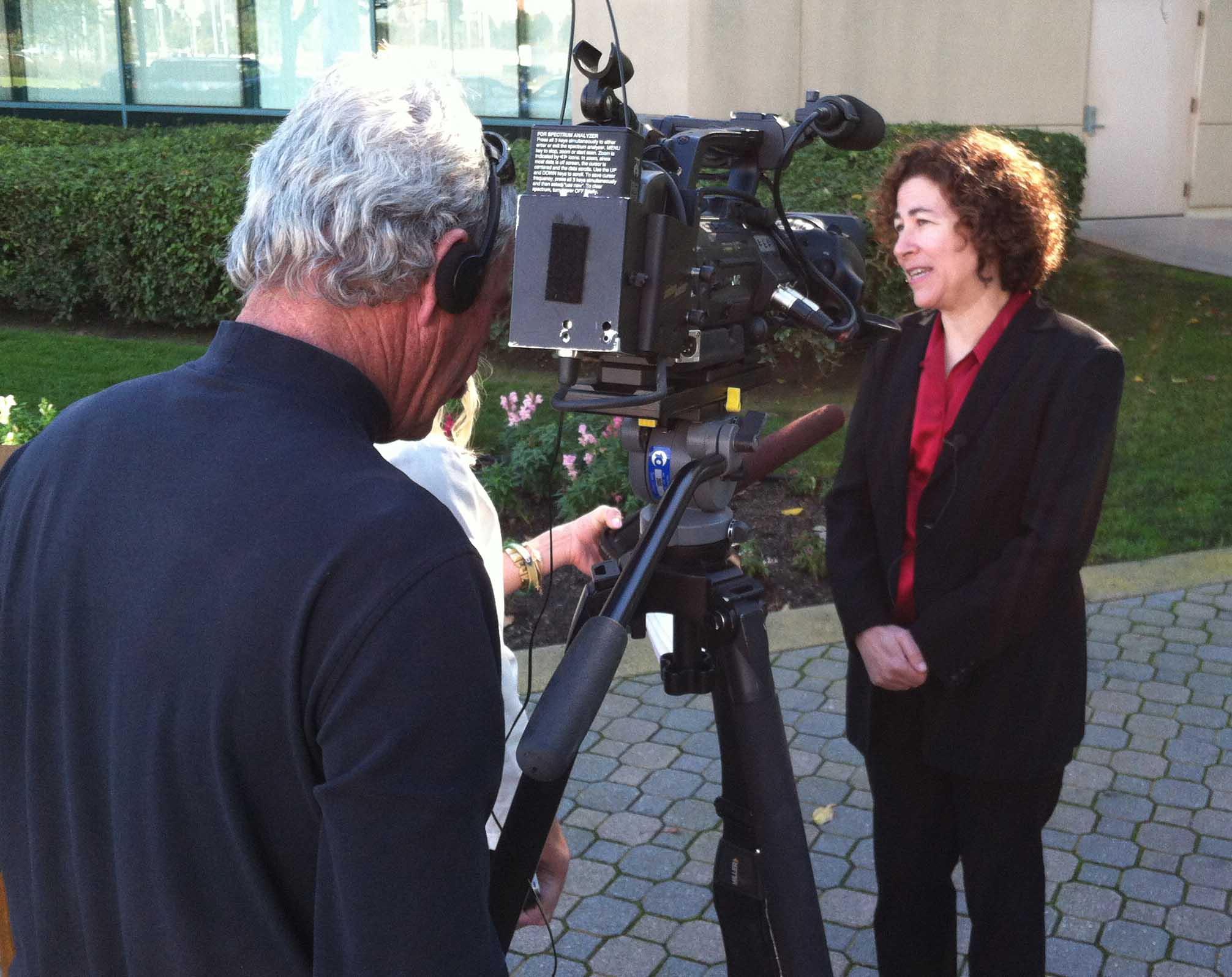Grant Will Help Program Continue Training for Safe Senior Driving
By Michelle Brubaker, 619-543-6163, mmbrubaker@ucsd.e
San Diego, Calif., Nov. 26, 2013 — For the seventh consecutive year, the Training, Research and Education for Driving Safety (TREDS) program at the University of California, San Diego School of Medicine has been awarded a grant from the California Office of Traffic Safety (OTS) that will help keep our roadways and senior drivers safe through professional training.
|
TREDS, which is based at the UC San Diego division of the California Institute for Telecommunications and Information Technology (known as the Qualcomm Institute), works with health care providers and law enforcement to identify and assist older drivers with health issues that may put them and other drivers at risk. Driving abilities decrease with age due to physical impairments such as vision, cognition, frailty and the use of medications. Prescription and over-the-counter medications can significantly impair necessary driving skills, including eye sight, reaction time, judgment, hearing, simultaneous task processing and motor skills. Additionally, when drugs are mixed with alcohol, the results can be devastating. According to studies, a 10 mg of Valium has been found to be equivalent to a blood alcohol content (BAC) of 0.10 in its ability to impair driving.
"Physicians have a responsibility to their patients and to the public to help minimize driving risks through appropriate prescribing practices and patient counseling," said Linda Hill, MD, MPH, professor of Family and Preventive Medicine, UC San Diego School of Medicine and TREDS program director. “It is estimated that 78 percent of drivers 55-years-old and older are using at least one prescription medication with the potential to impair driving, yet only 28 percent of senior drivers are aware that their medications have this potential effect. Patients over 65-years-old make up 12 percent of the population, yet they consume 31 percent of prescribed drugs.”
Antidepressants are an example where both the medication and the disease being treated can affect driving safety. Depression increases the crash risk two to three times, and equally worrisome is that antidepressant medications have been associated with more than double the crash risk in the elderly. Muscle relaxers, anti-anxiety and anti-insomnia medications also adversely affect the safety of senior drivers.
Diabetes drugs, chemotherapy and narcotics can also result in impaired judgment, confusion, drowsiness, nausea and dehydration, all likely to impair driving safety.
“The frailness associated with cancer and chemotherapy alone reduces driving skills and increases crash risks,” said Hill. “Individuals should understand the medications they are taking and how they can impair their driving abilities.”
Tips for senior drivers taking medications from safety-council.org include:
- Ask doctor/pharmacist about the effects of prescribed medications on driving.
- Make sure the combination of your medications does not impair your driving skills. If you have more than one doctor, make sure all of them know everything you are taking.
- Never mix medications, share them or take them with alcohol.
- If the label says "do not use while operating heavy machinery" let someone else drive. With some medications, you may not be able to drive at all. If in doubt, choose not to drive.
TREDS training for health care professionals and law enforcement increases awareness of impairments common with aging that can impact driving ability. More than 2,000 health professionals and 1,800 law enforcement officers in Southern California have received TREDS training and materials to keep drivers safe on the road. TREDS is a collaborative partner of UC San Diego’s Injury Epidemiology, Prevention and Research Center, working on comprehensive injury prevention strategies.
Additional Background
The National Highway Traffic Safety Administration (NHTSA) estimates that by the year 2020, there will be more than 40 million licensed drivers over 65-years-old, and six million drivers over 65-years-old in California by 2030. As this “baby boom” generation reaches retirement, more focus is given to things that can be done to prolong safe driving. Hill’s team recommends families begin talking about driving before a problem is suspected, and physicians should be included in these discussions. Medications should be reviewed routinely to identify any that could affect driving and to insure that they are at the lowest effective dose.
Funding for this program is provided by a grant from the California Office of Traffic Safety (OTS) through the National Highway Traffic Safety Administration (NHTSA). The grant team, led by Hill, includes Kathy Fischer, MD, MPH, Jill Rybar, MPH, deputy director and Jana Jahns, MEd, training coordinator. For more information on the program, please visit http://treds.ucsd.edu
The Injury Epidemiology, Prevention and Research Center
The UC San Diego Injury Epidemiology, Prevention and Research Center is a combined effort of the Division of Trauma, Surgical Critical Care and Burns with its Level-1 Trauma Center and the Regional Burn Center and the UC San Diego Department of Family and Preventive Medicine to make our communities safer and to decrease the burden of injuries to our society.
Media Contacts
Michelle Brubaker, 619-543-6163, mmbrubaker@ucsd.edu
Related Links


